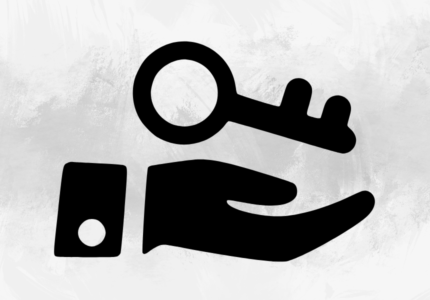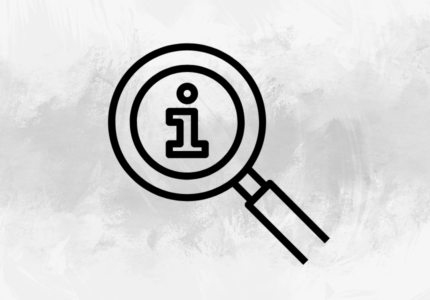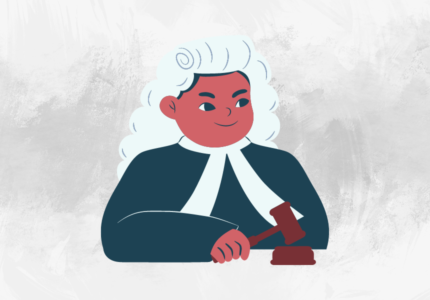
Your CV should be used to get you noticed and get an interview. Your CV is your selling tool, and your best chance to sell yourself to employers. Don’t be negative, don’t include weaknesses, and, most importantly, don’t include anything you can’t prove at interview.
Content
Your CV content should include
Your name
Contact details
Profil
Career
Education / Vocational qualifications
Hobbies & Interests (optional)
Name
Your CV should not contain a cover page or title. It is redundant and takes up valuable space. Instead, begin your CV with your name in bold font at the top and center of the first page. Only your surname and first name are required. If you have letters after your name, then you should use them. Employers will be able to see your name and know you are qualified.
Contact Details
You must include all your contact information so that employers can reach you. This includes your email address, phone number, landline telephone number, and mobile telephone number. Your email address should be professional and not give off a bad impression. Your email address should not include your name or initials for purposes of employment applications or CV.
Profil
Some professional CV writers will include a profile in a client’s CV, while others disagree. Your audience has less time than you have to impress them. The sole purpose of a profile, other than to convey the information that will interest an employer, is to make the reader want to see the rest of your CV.
Your profile should be concise and not be boring. Think about what your top skills are when you write your profile. Are you a good negotiator? Are you a natural salesperson? Do you have the ability to motivate others? You should be able to showcase your unique strengths in your profile. Avoid generic sentences like ‘works well as a member of a group’ or’self motivated and capable of working to tight deadlines’. These statements are often seen and won’t make an impression on your audience.
Profile example
Highly experienced sales executive with exceptional ability to manage a large client portfolio in extremely stressful and pressured environments. Strong communicator, with strong negotiation skills and the ability close new business to improve bottom line profitability. An experienced man-manager looking for a challenging job in an organization that will allow him to advance his career.
What career or education?
The order in which these sections should appear on your resume has been a subject of much debate. The rule of thumb is that if you are a recent graduate with a limited career history (less then 3 years), or have completed training in the industry that will enable you to consider a career shift, your education should be prior to your career. Your career should be prior to your education.
Career
Always list your career history in chronological order, starting with the most recent position and working backwards. Don’t forget to reflect on your achievements and responsibilities in each job. Consider the following scenario:
A recruiter may have two CVs when deciding whether to interview a candidate. One of them is yours. Another candidate has the same skills and experience as you. The other CV is yours. Only one option is available to the recruiter. Which should they choose?
If your CV is compelling, the recruiter will select yours. Consider each aspect of your job and how you contributed to the company. A sentence like this might be:
With some thought and reflection about your accomplishments, you may be able to become ‘Responsible For Credit Control and Bad Debtors List’.
“Reduced debtors by PS5000 in 2 months due to the implementation of credit control methods”
Every position that you held over the past 10 years should include at least three key bullet points that highlight your accomplishments.
Education
Your education should be listed on your resume as your primary accomplishment. This should be done in chronological order, starting with your most recent education, and moving backwards. Make sure to mention your degree and the school you attended. Include your dissertation title, and any other academic achievements that may be relevant to the job you are applying for.
This should be included if you have an existing job but are looking to make a career change. This will allow the recruiter see your motivation for applying for the job and will help you to submit your application.
Hobbies & Interests
This section is often overlooked by many people. It does demonstrate that you have a life beyond work. Some recruiters will be open to discussing your hobbies and other interests, particularly if they are interested in a particular sport. You don’t want to present a negative impression about yourself. Avoid generic interests like’socialising’ and ‘playing computer game’. Even if they’re true, they don’t add value.
Remember to keep it simple and interesting, and don’t forget the “no waffle” rule. You can also use your accomplishments here, such as a recent donation of significant funds to charity.
Additional Information
You should not include any additional information about yourself, such as your name, religion, home ownership status, or the names of your children. This information will have no impact on your application. If you’re applying for a company with strict anti-smoking policies, then a short statement such as “excellent health, non-smoker” is acceptable.
Your CV should not contain the contact information and names of references. The recruiter will be tempted to “check you out” before inviting you for an interview. All that is required is a simple statement to say “references available upon demand”. You can give details later if a recruiter requests references.
Font and Style
Your CV’s appearance and feel can be just as important as the content. A CV that is clumsy, poorly formatted, too wordy or long will not be read. This is especially true if it’s competing with hundreds of other applicants for the same position.
Font
A modern font is both easy to read and pleasing to the eye. Avoid unfashionable, difficult to read scriptor courierfonts.
You should not make your font too big or small. Most readers can read 11-12.
Format
Use Microsoft Word to create your CV. This is the most popular office software used by recruiters. It is very unlikely that a recruiter will read your application if you send it electronically in another format.
A well-formatted CV should have a clear layout, be free of flashing lights, bold colours and pictures. Avoid using a template in MS Word. There are many templates online that can help you format your CV in your own way if you are unable to do so.
Length
Although professional CV writers may have differing opinions about the length of a resume, it is generally not more than two or three pages of A4 paper. Formatting your CV to cover a full page is advisable if you are able. This will make your CV more complete and organized.
Victoria is a Certified Advanced Resume Writer, and a Professional Employment Coach. She has over 15 years of experience in the areas of CV writing, interview coaching and recruitment. These include working as a Recruiter and Recruitment Manager onsite at Merrill Lynch and Goldman Sachs, two of the largest Investment Banks in the world. Victoria is a skilled interviewer and has reviewed thousands of CVs and conducted interviews for investment banks, big four accountancy firms, stock exchanges and management consultancies. She understands what employers are looking for in a CV and during an interview. Her strength is in her ability draw out relevant experiences and competencies from people and then translate them into winning formats on paper as well as face-to-face. Victoria is a member of CDI (Careers Directors International) and of PARW (the Professional Association of Resume Writers).





